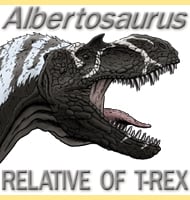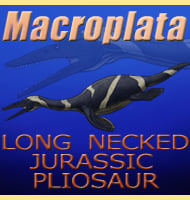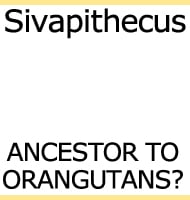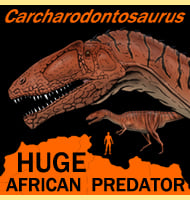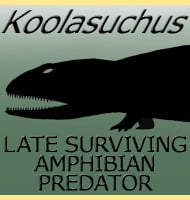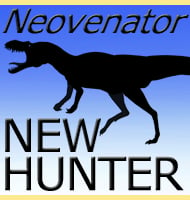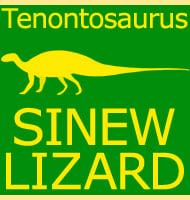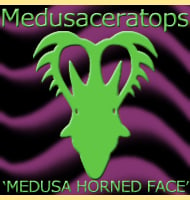In Depth
Although the name essentially means crocodile, Procynosuchus was actually a cynodont descended from mammal like reptiles like the therapsids. Procynosuchus is not the only mammal like reptile to cause some confusion like this as others such as the therapsids Biarmoscuhus and Titanosuchus suggest that they are crocodiles when you glance at the name, but are actually very different when you see the fossils.
Procynosuchus is usually depicted as living like an otter because of several features that suggest Procynosuchus was much better suited for swimming than exclusively terrestrial movement. One area in particular is the tail which is considerably longer than in other cynodonts from the time. The haemal arches which are on the underside of the tail vertebrae would have considerably increased the depth of the tail resulting in it becoming a powerful swimming aid when moved from side to side, unsurprisingly like a crocodile. While the tail may have been the primary method of locomotion, the legs and feet of Procynosuchus also show special adaptations for swimming. The femurs (upper bones of the rear legs) have prominent ridges that would have served for additional areas of muscle attachment. Stronger muscle attachment would allow the legs to be either held steady or actively moved depending upon the required movement. The foot bones were also quite straight resulting in a flat foot that acted as a paddle.
The limbs, feet and associated muscles meant that Procynosuchus was perfectly able to swim through the water by using just its legs, or using its legs for steering while being driven forward by the tail, and any combination of these two areas in between. Despite these special aquatic adaptations Procynosuchus was still perfectly able to walk about on land with a degree of agility. Something that was vital when you consider that Procynosuchus would still have to return to land to rest and rear young.
These adaptations would have allowed Procynosuchus to actively pursue prey like fish, especially around submerged obstacles and through plants that would have required agile rather than fast swimming. The teeth of Procynosuchus were more mammalian than reptilian, with cusps (additional points) that projected from the bottom. These cusps would have provided an extra area for shearing through fish allowing Procynosuchus to make short work of prey.
All together these adaptations also indicate that while animals may have a different genetic heritage, the ecological niches in nature rarely disappear altogether and often repeat throughout time. This results in different kinds of animals developing similar body plans and adaptations, building support for cases of convergent evolution.
Procynosuchus is actually a name that has defied the standard rules zoological nomenclature because this name was granted to the genus after two other names had already been assigned. Broom had named the first material relating to Procynosuchus earlier in 1931, however back then he had named it Cyrbasiodon. Another specimen was named Parathrinaxidon by Parrington in 1936, however this name in itself would usually be treated as a synonym to Cyrbasiodon. Neither of these two earlier names however gained widespread use in reference, whereas Procynosuchus became very common to the point of general inclusion in books about prehistoric animals that were marketed towards the general public and not just specialists. It is for this reason that Procynosuchus was assigned nomen protectum (protected name) status by the ICZN in 2010, and why the older names in this case are now treated as the synonyms.
A similar special case was actually made for what is perhaps the most famous dinosaur of all time, Tyrannosaurus rex. The very first Tyrannosaurus material discovered back in 1892 was actually named Manospondylus gigas. However because Manospondylus gigas was hardly ever used even within palaeontological circles and Tyrannosaurus was so well known by so many the world over, the ICZN also assigned nomen protectum status to Tyrannosaurus.
Further Reading
– A further contribution to our knowledge of the fossil reptiles of the Karroo. – Proceedings of the Zoological Society of London 107(3):299-318. – R. Broom – 1937. – The primitive cynodont Procynosuchus: structure, function and evolution of the postcranial skeleton. – Philosophical Transactions of the Royal Society B. 288 (1027): 217–258. – T. S. Kemp – 1980. – OPINION 2264 (Case 3431) Procynosuchus Broom, 1937 (Therapsida, Cynodontia): generic name conserved. – Bulletin of Zoological Nomenclature. 37 (4): 348–349. – ICZN – 2010.

